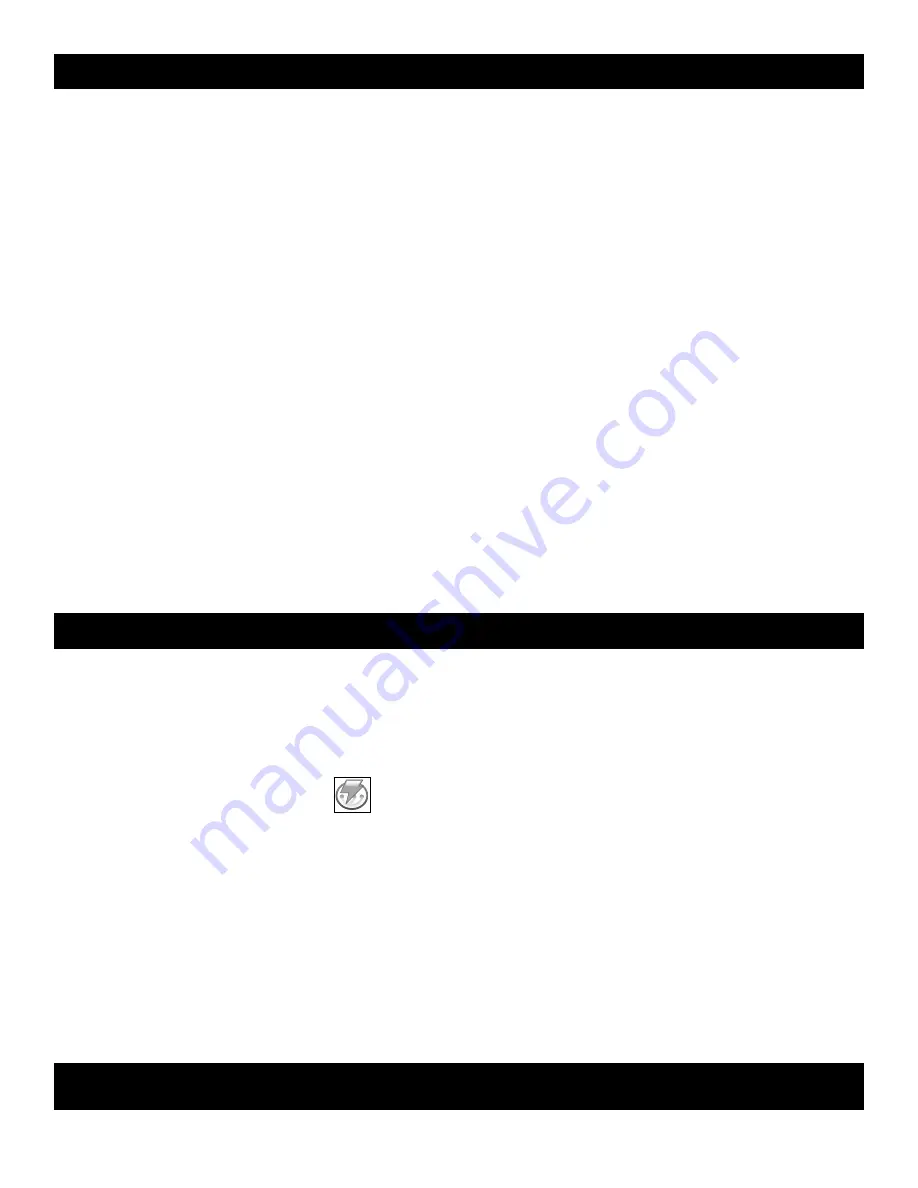
Now, if you want to make parts to assemble into a real scale model, substitute the provided piece of scribed siding (use the
1/16” spacing for HO, 3/32” for O scale) for the chipboard and cut again, but use a setting of about 60% of full current for
the thicker wood sheet.
Hint: Use the “release” button on the Engraving/Cutting Manager window to release the carriage for movement by hand
with the laser turned off as described above.
DO NOT FORGET TO TURN OFF THE LASER AND TURN THE CURRENT
TO ITS LOWEST SETTING BEFORE REACHING INSIDE THE CABINET!
You can now slide the lens left and right while
watching the alignment of the red pointer with the scribed lines in the sheet of wood; otherwise, the scribed lines will be
angled on the building.
With everything lined up, loaded and locked, cut out the parts.
If the parts did not cut all the way through, you need to turn up the current. If they are too energetically burned through,
cut back the current. It’ll take a bit of trial and error to learn the best settings for the various kinds of materials.
Remember…you can always cut again, so build up the current slowly, rather than start out too high.
An O scale version of the shanty is included.
You’ll have to tinker a bit with a few of the settings and positioning of the materials, but you should have been quite
successful at this point. An alignment fixture can be laser cut using a computer file available online at:
http://www.micromark.com/downloads.dlp
Turn off the laser. Remove the parts and remainder of the sheet from the cabinet…if the remainder of the sheet has room
for more parts, go back to the object design screen and select only the parts you want. Then, position the pointer where to
start and go again.
This is a good time to experience the ease at which you can make changes. For example, on the drawing, click on the rear
wall outline and then press Ctrl+U on your keyboard to Ungroup its features. Click the window on the rear wall drawing and
press Delete on your keyboard. Select the rear wall and cut again in a blank spot on the material. The window opening is no
longer cut into the wall! For another example, try dragging the window to a different location, or change its size, and cut again.
Let’s Try Cutting Out Some Parts (continued)
There you go! Mastering CorelDRAW is up to you, but basic shapes are quite easy. Of particular benefit is the
ability to resize parts for perfect fit, and duplicate them for multiple cutting…like a row of windows.
10
Ready to try engraving (an image burned into the surface of the chipboard)? Then, follow along…
Load another sheet of chipboard into the chamber and again use magnets to hold it down to the platform.
Use file/close to wipe the page clean of the shanty drawing, then import the file called EngravingDemo.jpg
Drag the protractor icon to create a box about 3.5” wide. Then release the mouse button. You should see an image of a
trolley car. Click on the engraving icon (first one to the right of the green pencil icon). Click OK to get to the
Engraving Manager window. Notice that the settings have changed to those that are better for engraving (the speed is
higher and the style has changed to engraving). Make sure “Sunken” is checked.
Position the pointer same as before so the image will engrave into the surface of the chipboard. Use the Test button to
set the current knob to about 4 mA, and click on “starting.” The carriage should oscillate left and right about 10 times
faster than the cutting speed, and slowly travel back-to-front while the image is engraved. If the laser beam is cutting
through the material, reduce the current. The picture may take many minutes to completely engrave, so be patient!
At the end of the job, the machine will stop. TA-DA! You’ve engraved an image.
You can now use the software controls to change the image contrast and engraving settings for the picture you’re
engraving and for the material on which you’re engraving it. You may also un-check the “Sunken” box and see how the
image changes. If the material changes in thickness, don’t forget to re-focus the lens (see instructions shown later in this
manual).
Let’s Try Engraving

















